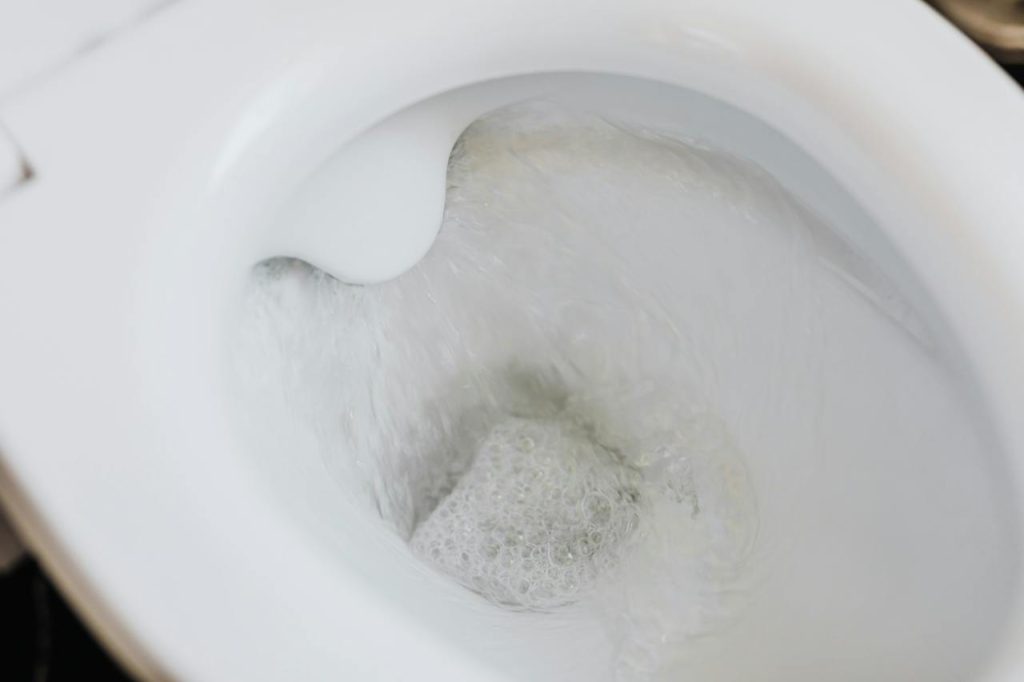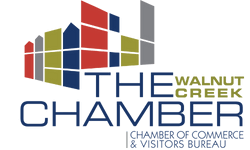Dealing with sewer backups at home can be a messy and stressful situation. When faced with this issue, homeowners often find themselves debating whether to tackle the problem themselves or call in a professional. Understanding the risks, costs, and benefits associated with both DIY solutions and hiring a professional can help you make an informed decision that best suits your needs. By weighing these considerations, you can choose the option that ensures a swift and effective resolution to your sewer backup woes.
Table of Contents
ToggleRecognizing Sewer Backups
A. Warning Signs
Keep an eye out for standing water on the lawn, which could indicate a sewer backup. If you notice rancid-smelling water bubbling up from drains or toilets, it’s a clear sign of a potential issue. Pay attention to slow drainage in sinks and showers as it may signal a developing problem.
B. Blockages
Identify common causes of sewer blockages such as grease buildup, foreign objects, or mineral deposits. For mild blockages, use enzymatic drain cleaners to break down organic material. However, for severe blockages that persist, it’s crucial to seek professional assistance to prevent further damage.
C. Pipe Damage
Recognize signs of pipe damage like visible leaks, cracks, or corrosion that can lead to sewer backups. Understand the detrimental impact of pipe deterioration on the overall plumbing system. Explore trenchless repair options such as pipe lining or pipe bursting as efficient solutions for damaged pipes.
Immediate Response To Backups
A. Safety Measures
Prioritize safety by turning off electrical circuits immediately to prevent any electrical hazards from the backup. Avoid contact with sewage as it may contain harmful bacteria and viruses, posing serious health risks. Ensure to wear protective gear such as gloves and masks before attempting any cleanup.
B. Damage Control
Act promptly to prevent mold growth, a common issue following sewer backups. Dispose of contaminated materials properly to avoid further spread of pathogens. In cases of extensive damage, consider hiring restoration professionals for thorough cleanup and restoration.
C. Professional Assessment
Seek a plumber’s evaluation for an accurate diagnosis of the backup issue. Gain insights on the severity of the sewer backup to determine the necessary actions. Understand the importance of professional expertise in assessing and resolving such situations effectively.
Initial Cleanup Steps
A. Protective Gear
When handling sewer backups, equip yourself with gloves, goggles, and masks for protection against harmful contaminants. Ensure proper ventilation to prevent exposure to toxic fumes. Invest in disposable coveralls for added safety during cleanup.
B. Removing Water
For small-scale water removal, use a wet/dry vacuum to extract water efficiently. Drain standing water promptly to prevent mold growth and structural damage. Consider renting pumps for larger volumes of water to expedite the cleanup process.
C. Disinfecting Areas
To ensure a safe environment post-cleanup, utilize disinfectants to sanitize all affected surfaces thoroughly. Focus on eliminating bacteria and pathogens by following recommended guidelines for effective disinfection. Prioritize thorough cleaning to prevent the spread of diseases.
DIY Solutions Explored
A. Natural Cleaners
When handling sewer backups, eco-friendly cleaning alternatives can be effective. Utilize vinegar and baking soda for natural disinfection. Consider using essential oils to leave a pleasant scent after cleanup.
B. Plunger Use
Plungers are handy tools for addressing minor drain blockages. Learn the proper techniques for effective results. It’s advisable to use plungers as an initial step before considering professional assistance.
C. Drain Snakes
Understanding the role of drain snakes in clearing clogs is crucial. Investing in a quality drain snake enhances home maintenance efforts. Always follow safety precautions when utilizing drain snakes.
When To Call a Professional
A. Persistent Issues
Address recurring sewer backup problems promptly to avoid extensive damage and health risks. Investigate the root causes of these persistent issues, such as tree roots infiltrating sewer lines or improper installation. By identifying the underlying problems, you can implement effective solutions to prevent future backups.
Consider long-term strategies like trenchless sewer line repair or replacement to mitigate recurring sewer backups. These methods provide durable solutions that require minimal excavation, reducing disruption to your property. Prioritize proactive measures to safeguard your home from recurrent sewage issues in the future.
B. Health Risks
Be mindful of the health hazards linked with sewage exposure, including bacterial contamination and pathogens. Understand the potential risks associated with coming into contact with raw sewage during cleanup efforts. Prioritize wearing protective gear like gloves, masks, and boots to minimize health risks and prevent infections.
Understand the importance of personal hygiene after being exposed to sewage backups. Thoroughly wash your hands and disinfect any contaminated surfaces in your home to prevent the spread of harmful bacteria. Prioritize safety measures during cleanup activities to protect yourself and your family from potential health threats.
C. Specialized Equipment
Familiarize yourself with specialized tools required for effective sewer cleanup, such as drain snakes, wet vacuums, and disinfectants. These tools are essential for safely removing sewage residue and restoring your home’s sanitation levels. Consider renting dehumidifiers and air scrubbers to expedite the drying process after cleaning up sewer backups.
Explore advanced equipment options like hydro-jetting machines for thorough cleaning of sewer lines and removal of stubborn blockages. These specialized tools ensure efficient restoration of your plumbing system and help prevent future backups. Invest in quality equipment or seek professional assistance to handle complex sewer backup situations effectively.
Repairing Sewer Lines
A. Trenchless Methods
Trenchless repair methods involve innovative techniques for fixing damaged sewer pipes without extensive digging. These solutions, such as pipe lining and pipe bursting, offer efficient repairs with minimal disruption to your property. By opting for trenchless technologies, homeowners can avoid the hassle of traditional excavation and benefit from faster turnaround times.
Consulting with professional plumbers is crucial when considering trenchless options. They can assess the extent of damage to your sewer system and recommend the most suitable trenchless solution based on your specific needs. Trenchless methods are particularly advantageous for properties with landscaping or structures that you wish to preserve during repairs.
B. Pipe Replacement
When sewer lines are severely damaged beyond repair, pipe replacement becomes necessary. Modern pipe materials like PVC, ABS, or HDPE offer durability and resistance to corrosion, ensuring a longer lifespan for your new sewer system. While pipe replacement may require more upfront investment compared to repairs, it provides a lasting solution that minimizes future plumbing issues.
The process of pipe replacement involves removing the old pipes and installing new ones in their place. Professional plumbers use advanced equipment and techniques to ensure precise fitting and proper alignment of the new pipes. The cost implications of pipe replacement vary depending on factors such as the length of the sewer line, depth of installation, and material chosen for the new pipes.
Preventing Future Backups
A. Regular Maintenance
Implement routine sewer line inspections to catch issues early. Schedule professional maintenance periodically to prevent backups effectively. Follow a detailed maintenance checklist to maintain the optimal performance of your sewer system.
Proper Disposal Practices
Dispose of contaminated materials according to local regulations to prevent blockages. Separate hazardous waste from regular trash to avoid clogging issues. After cleanup, consider recycling salvageable items responsibly to reduce the risk of backups.
Installing Backwater Valves
Understand the crucial role of backwater valves in preventing sewer backups. Installing backwater valves acts as a proactive measure against future incidents. Seek advice from professional plumbers for selecting and correctly installing these essential valves.
Cost Considerations
A. DIY Savings
When it comes to handling sewer backups at home, DIY cleanup methods can be a cost-effective solution. By taking matters into your own hands, you can save money and address minor backups promptly. DIY solutions are particularly useful for immediate action before seeking professional help.
- Opting for DIY approaches allows you to save on labor costs associated with hiring a professional.
- Simple tools like a plunger or plumber’s snake can often resolve minor sewer backup issues effectively.
- DIY methods can be quick and efficient, preventing further damage while waiting for professional assistance.
B. Professional Services Costs
For more complex sewer backup problems, obtaining estimates from various plumbing companies is crucial for cost comparison. When considering professional services:
- Request estimates from multiple providers to gauge the range of costs involved.
- Inquire about service packages that may offer better value for money in the long run.
- Understand that factors such as the severity of the backup, location, and time required can influence professional service costs.
Long-term Solutions
A. Sewer Line Insurance
Homeowners facing sewer backups can benefit from sewer line insurance. By adding this coverage to your homeowner’s insurance policy, you safeguard against unexpected costs. Reviewing policy details is crucial to ensure adequate protection in case of sewer backup incidents. Understanding the benefits of insurance coverage for sewer line repairs can provide peace of mind and financial security.
B. Landscape Adjustments
Assessing the impact of landscaping on sewer line integrity is essential for preventing future issues. Planting trees near sewer lines can lead to root intrusions, causing blockages and backups. Avoiding such plantings and making necessary landscape adjustments are proactive steps toward minimizing the risks of sewer backups.
Final Remarks
In handling sewer backups at home, recognizing the signs early can save you from extensive damage and costly repairs. Acting promptly and following proper cleanup procedures can prevent health hazards and further destruction to your property. While some issues can be resolved with DIY methods, knowing when to call a professional is crucial for effective long-term solutions.
Ensure your home’s safety by staying informed about sewer backup prevention and maintenance. Regular inspections, timely repairs, and implementing preventive measures can safeguard your property from future incidents. Don’t hesitate to seek professional help when needed to address complex problems efficiently.
Frequently Asked Questions
1. Is It Safe To Handle Sewer Backups On My Own?
It can be risky due to health hazards and potential damage. Always wear protective gear, follow safety guidelines, and consider the extent of the backup before attempting DIY solutions.
How do I recognize a sewer backup issue at home?
Look out for multiple drains clogging, gurgling noises, foul odors, or water backing up in sinks or toilets. These signs indicate a possible sewer backup that needs attention.
2. When should To Call A Professional For Sewer Backup Assistance?
If you are unsure about handling the situation, lack proper equipment, face persistent backups, or suspect a major issue like tree root intrusion or collapsed pipes, it’s best to call a professional immediately.
4. What Are Some Cost Considerations When Dealing With Sewer Backups?
Costs vary based on the severity of the backup and needed repairs. Factors like labor charges, materials, equipment rental, and any additional plumbing work can influence the total cost of resolving a sewer backup issue.
5. How To Prevent Future Sewer Backups At Home?
Regular maintenance is key – avoid flushing non-degradable items down drains, schedule periodic inspections, trim tree roots near sewer lines, and consider installing backwater valves for added protection against backups.
Experience Premier Solutions for Sewer Backups with Garcia Plumbing and Home Restoration!
At Garcia Plumbing and Home Restoration, we recognize the chaos and discomfort brought on by unexpected sewer backups in your home. Our team, famous for its skill in quickly and effectively resolving sewer backups, is committed to reinstating the health and efficiency of your home’s plumbing system.
Our dedication at Garcia Plumbing and Home Restoration goes beyond just addressing the immediate issue; we strive to ensure the long-term dependability and functionality of your plumbing. We boast an exceptional reputation in Contra Costa County for our commitment to excellence, our profound understanding of plumbing challenges, and the trust we’ve established with numerous satisfied customers. Don’t let the worry of sewer backups disturb your home’s harmony. Contact us today for top-tier sewer backup solutions and regain the comfort and safety of a fully operational plumbing system!




